Discover how YouTube transforms niche games like Happy Wheels and Papers, Please into cultural phenomena through human connection, reactions, and shared chaos.
Imagine a world where digital phoenixes rise not from flames, but from obscurity through the magic lens of YouTube. In gaming's vast ecosystem, countless titles launch with dreams of glory only to fade into the background noise—until a curious YouTuber stumbles upon them like an archaeologist unearthing forgotten relics. What follows is alchemy: ordinary pixels transform into cultural phenomena through raw reactions, communal laughter, and shared frustration. This isn't just about algorithms; it's about human connection turning niche experiments into household names. The process feels less like marketing and more like catching lightning in a bottle—unpredictable, electrifying, and utterly mesmerizing.
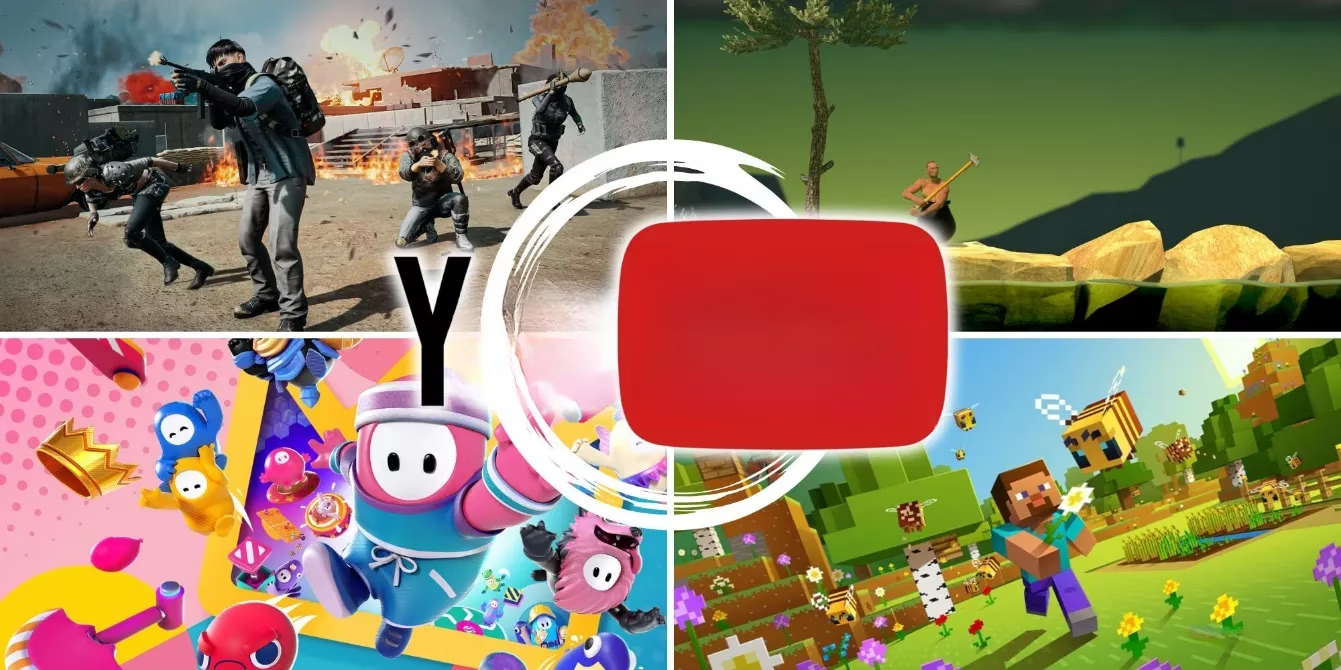
⚡ Happy Wheels: Bloody Carnival of Chaos
Watching Happy Wheels spread across YouTube was like witnessing a phoenix rise from the ashes of browser-based obscurity. Initially just another physics-based obstacle course, its crude charm and cartoonish gore became catnip for creators. PewDiePie's legendary playthroughs injected personality into the silent carnage—giving whimpering voices to dismembered cyclists while turning every spike trap into slapstick gold. The game's genius lay in its simplicity:
-
Instant accessibility: Free browser entry lowered barriers
-
Endless UGC: Player-created levels bred infinite chaos
-
Reaction fuel: Failures became hilarious shared experiences
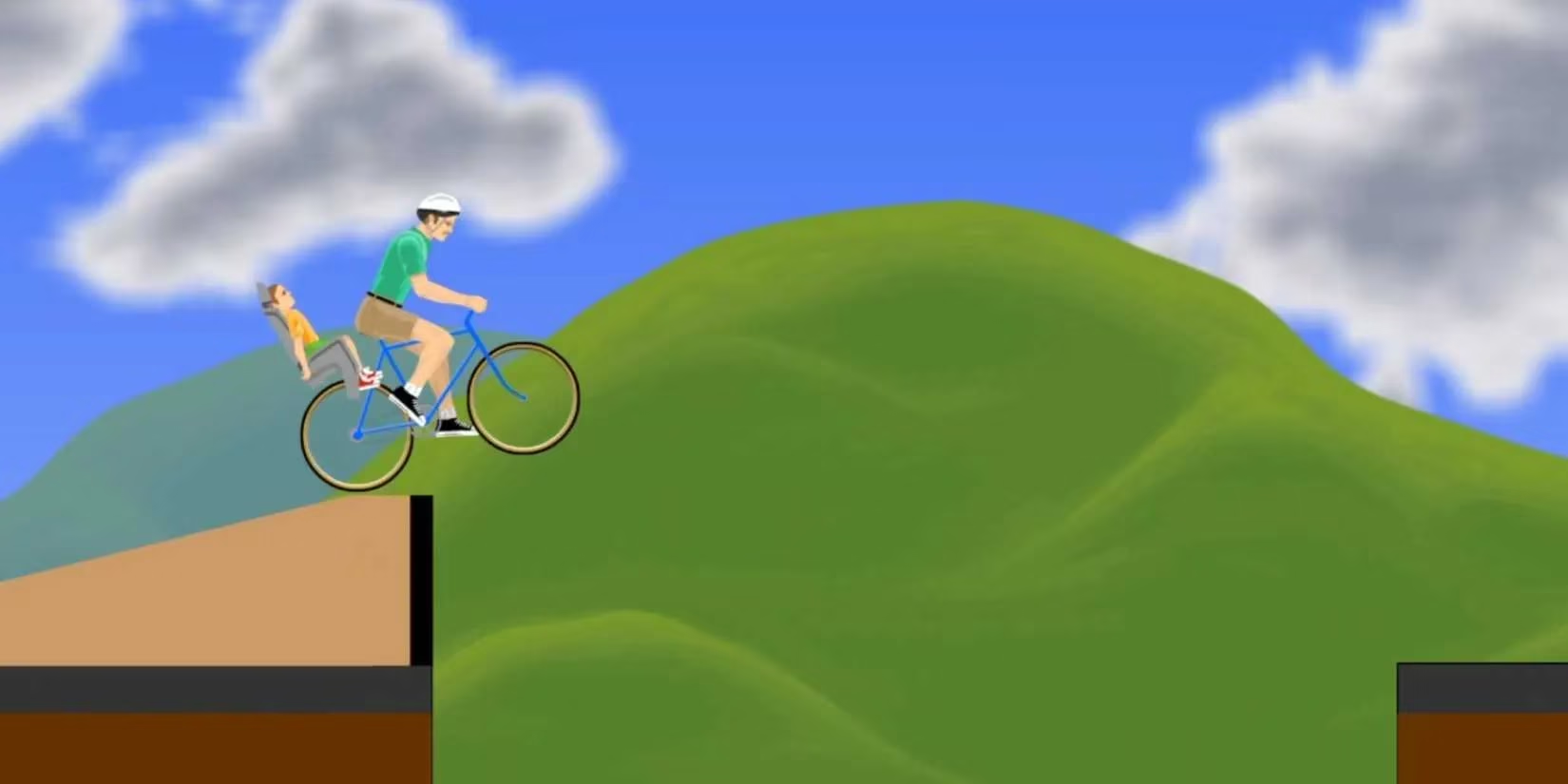
🛂 Papers, Please: Bureaucracy as Performance Art
Who knew stamping passports could feel like high-stakes theater? This dystopian paperwork simulator thrived when JackSepticEye framed its grim monotony as dark comedy—his exaggerated sighs over denied visas turning administrative hell into gripping drama. The game’s brilliance was its duality: a haunting critique of authoritarianism wrapped in addictive pattern-matching puzzles. YouTube transformed it from oddity to obsession, proving even digital drudgery could captivate millions when filtered through genuine human reactions.
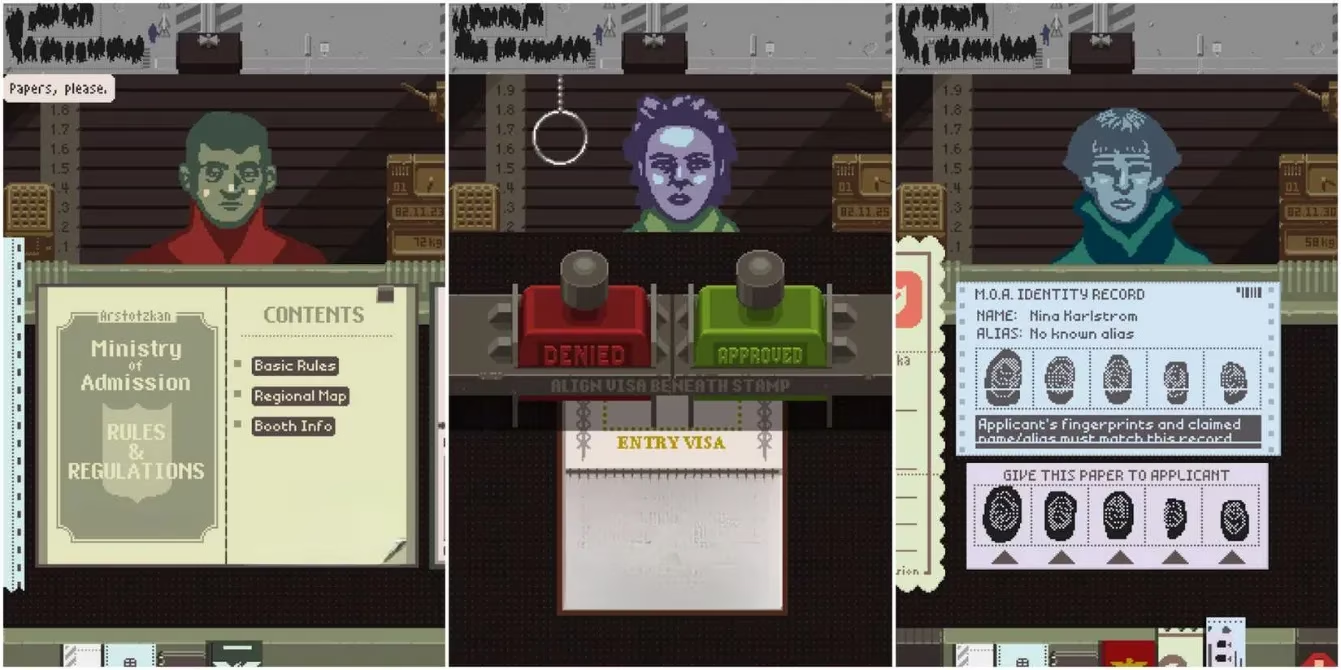
👑 Jump King: Vertical Agony Shared
This gravity-defying nightmare became the ultimate rage-bait spectacle. Watching Ludwig conquer its pixel-perfect jumps was akin to observing a mountaineer scale Everest—except every slip meant plunging into an abyss of chatroom mockery. The genius? Transforming frustration into communal sport. Viewers didn't just watch; they internalized the struggle, whispering "If he can, why not me?" before downloading their own copy. The cycle was viciously beautiful: fails bred content, content bred attempts, attempts bred more fails.
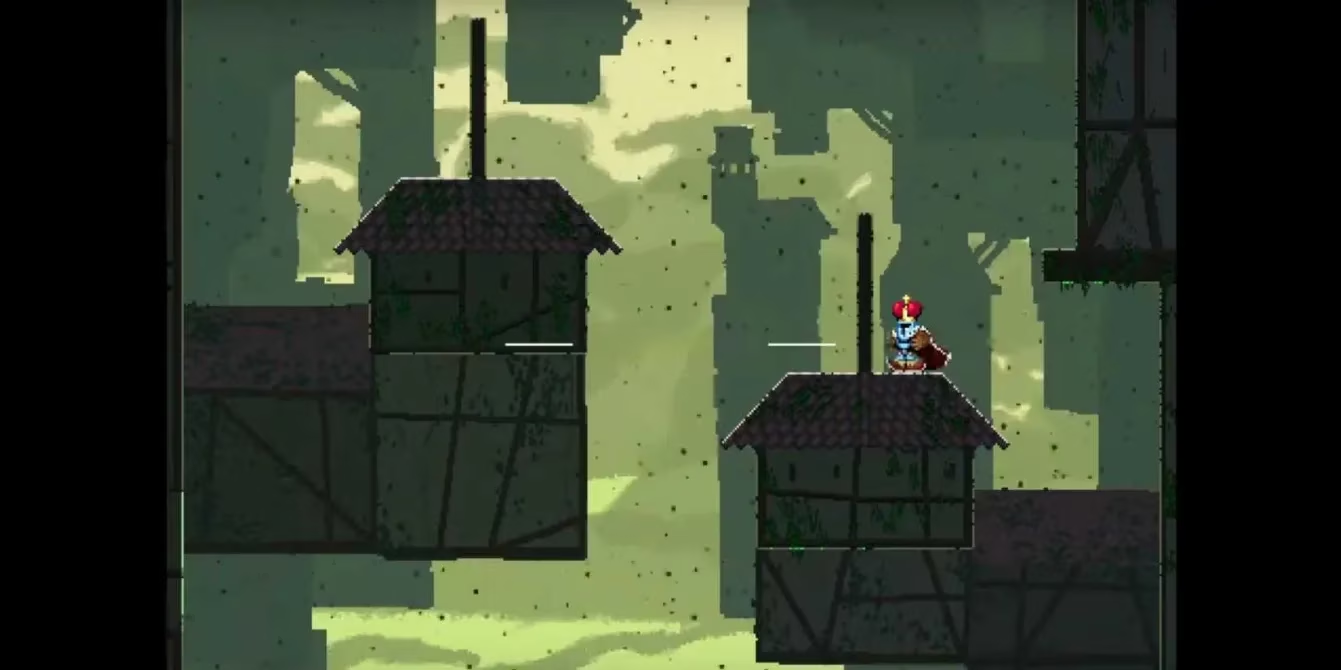
🎪 Five Nights at Freddy's: Jumpscare Juggernaut
Markiplier's blood-curdling screams turned Scott Cawthon's indie horror into a cultural tsunami. What began as a simple security-cam thriller exploded through YouTube's echo chamber—reaction compilations functioning like digital campfire tales where viewers huddled together to brave animatronic terrors. Game Theory’s lore deep dives added another layer, transforming cheap scares into narrative obsession. The result? A franchise that outgrew gaming, spawning novels and films from sheer communal curiosity.
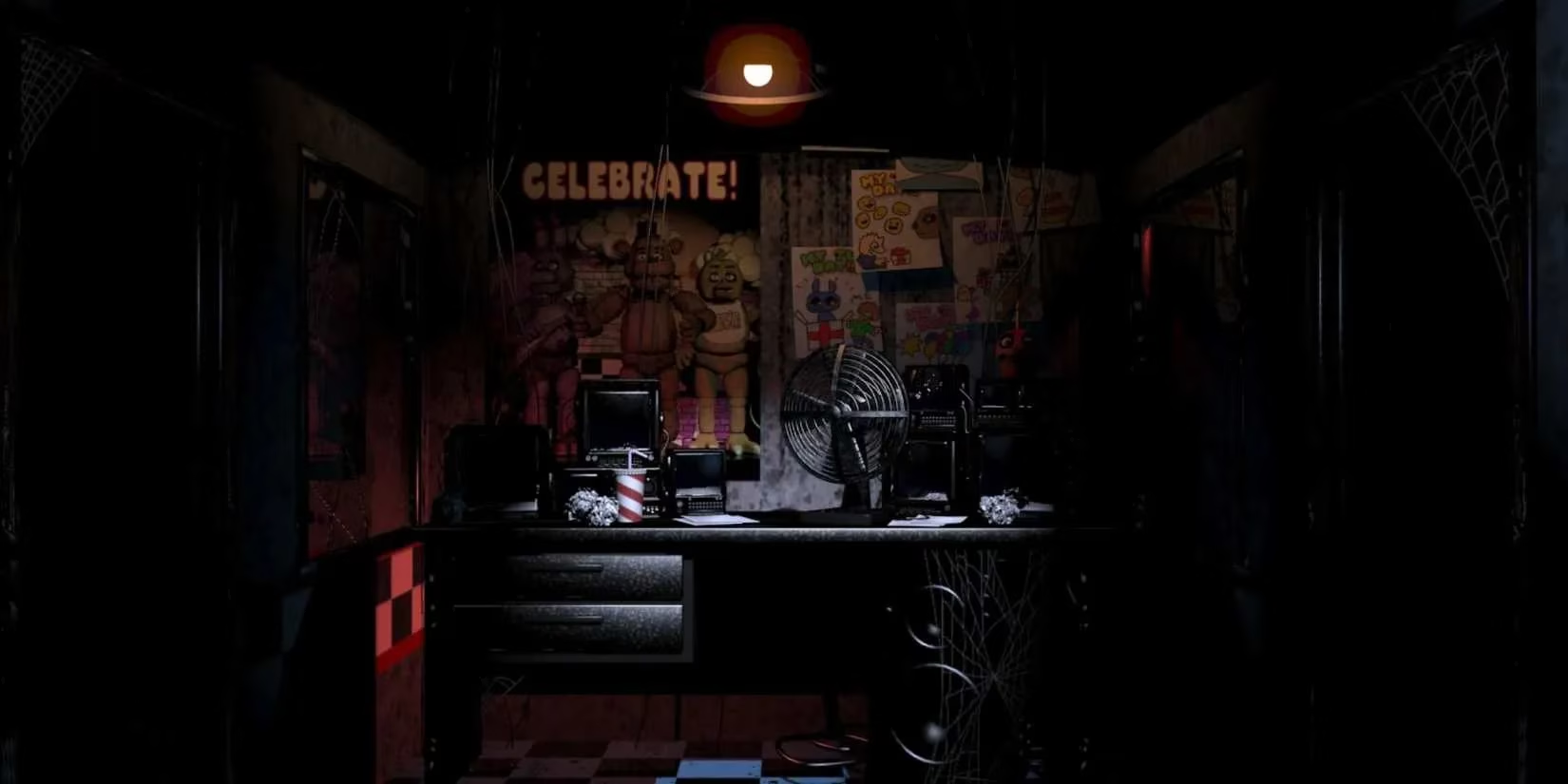
🚨 Among Us: Pandemic's Accidental Anthem
Its 2025 resonance remains undeniable—a testament to how Sidemen and DisguisedToast turned social deduction into viral oxygen during lockdowns. Like wildfire spreading through a drought-stricken forest, Among Us consumed platforms overnight. YouTube streams became virtual town squares where accusations flew faster than emergency meetings. The magic formula? Accessibility meets meme potential:
| Element | Impact on Virality |
|---|---|
| Simple rules | Grandparents to kids could play |
| Proximity chat | Betrayals felt personal |
| Visual absurdity | Endless meme templates |
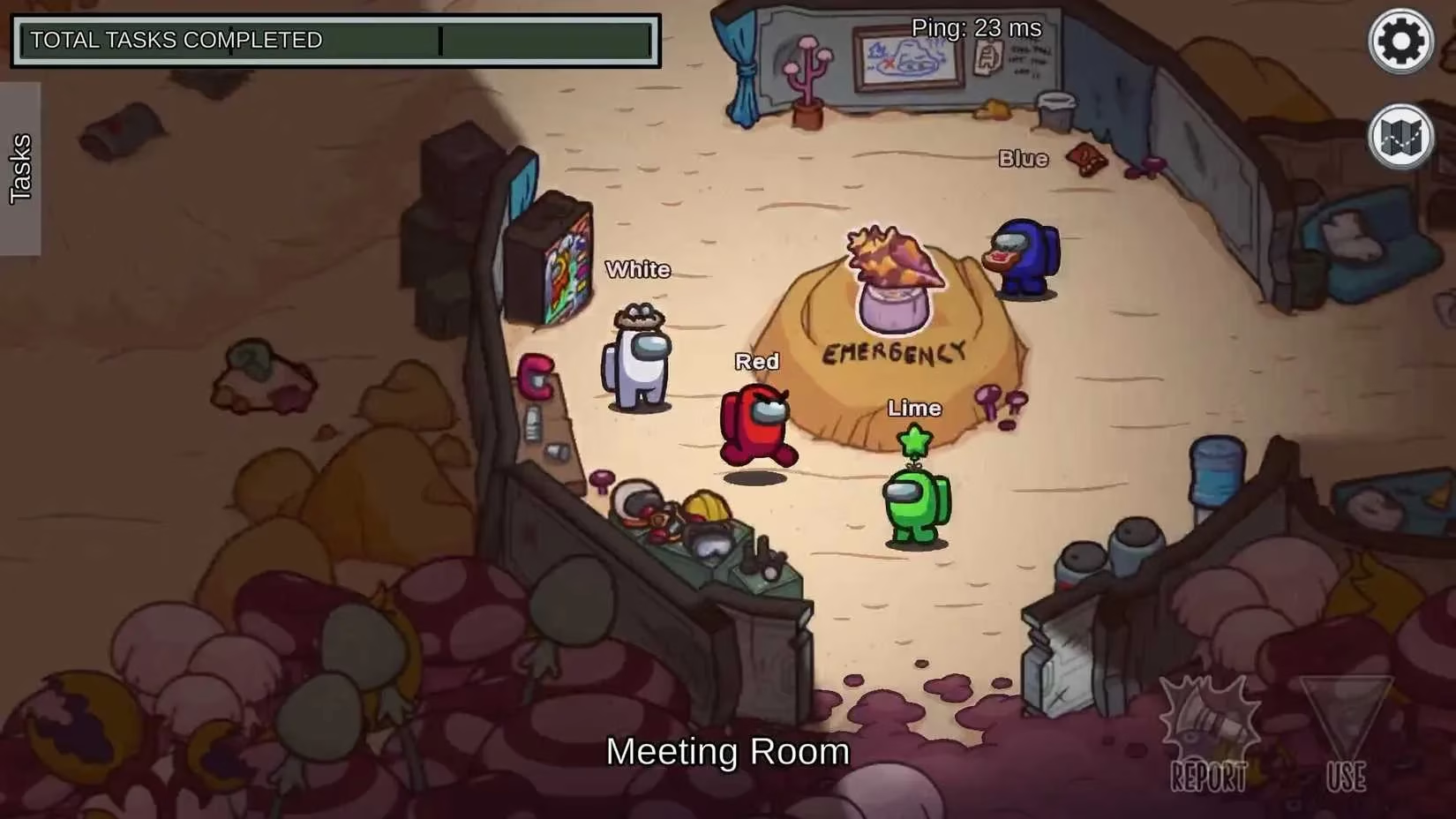
🎭 Undertale: The Avalanche That Started as a Snowflake
Toby Fox’s masterpiece exemplifies YouTube’s power to elevate art. What began as a delicate snowflake of a game—crafted by one developer—grew into a narrative avalanche through tearful playthroughs and fan animations. Its subversion of RPG tropes resonated deeply when creators like Game Gramps showcased pacifist runs, revealing emotional depths beneath retro graphics. The community didn’t just play; they lived in its world, producing content years later because Undertale didn’t just entertain—it rewired hearts.
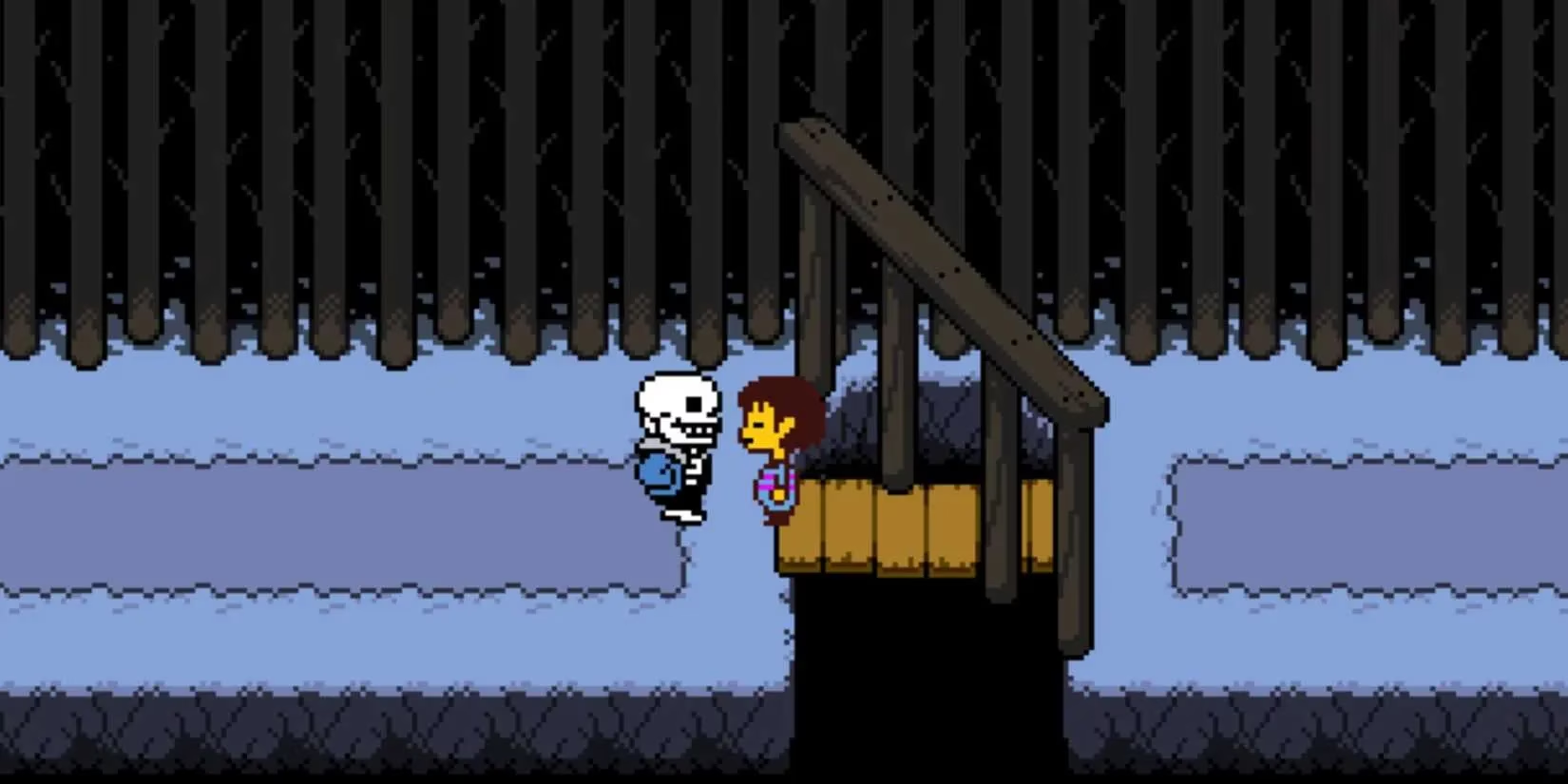
🧛 Vampire Survivors: Bullet Heaven’s Hypnotic Hold
Discovered accidentally during late-night YouTube rabbit holes, this retro-styled gem proves simplicity triumphs. Watching screen-filling chaos unfold felt like observing a Rube Goldberg machine of destruction—each run a mesmerizing dance of auto-fired weapons and swarming pixels. Streamers adored its ‘background gameplay’ potential; they could chat with fans while carnage unfolded organically. Yet beneath the surface lay staggering depth—secrets luring players down meta-progression rabbit holes.
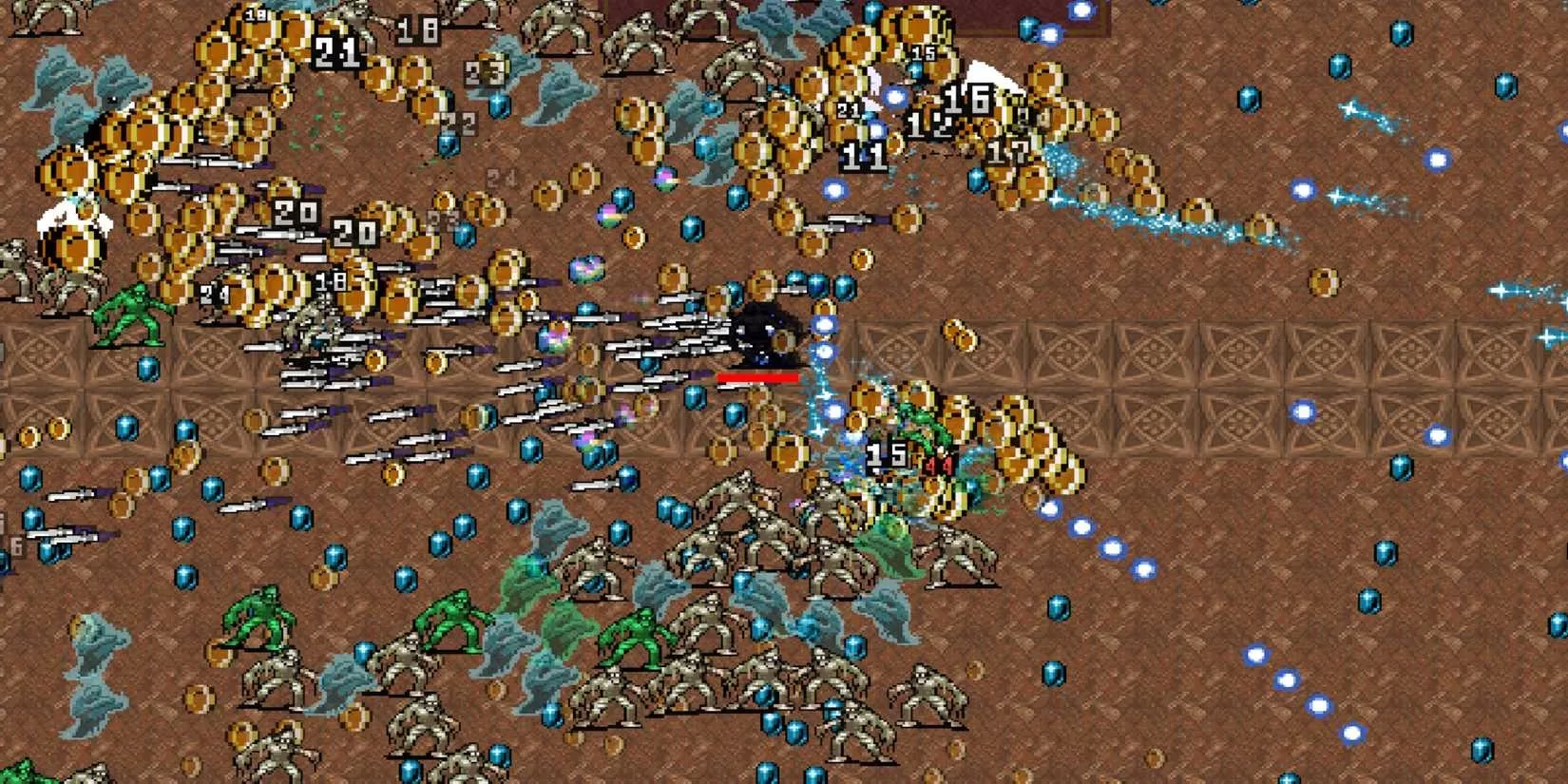
The pattern reveals itself: games flourish when creators frame them as shared journeys rather than products. YouTube’s real magic lies not in algorithms, but in transforming solitary screens into communal campfires—where frustration, terror, and triumph become collective rituals. What dormant gem awaits its turn next? Perhaps it’s already out there, lurking in Steam’s shadows, just one viral clip away from immortality...
